Artificial Intelligence News: MSN Replaces Journalists With AI
The next stage in this technological revolution is Artificial Intelligence and it's almost here.
This article is more than 2 years old
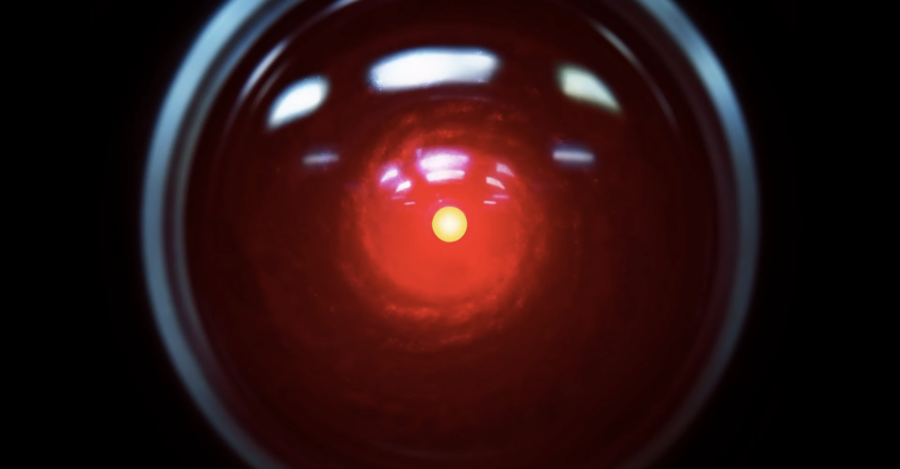
We live in a time of wonders. In the past decade alone technology has marched forward at an amazing pace. We talk to each other through text, we talk to inanimate home assistants. We live in smart homes, ride hoverboards, wear wireless earbuds, watch movies by pushing a button, pay using virtual currencies, and let our cars drive themselves. The next stage in this technological revolution is Artificial Intelligence and it’s almost here.
AI Replaces Journalists

Microsoft has announced they’re laying off 50 human news editors and replacing them with artificial intelligence. The humans losing their jobs were specifically tasked with selecting the most important stories to be run on Microsoft’s various MSN outlets, rewriting their headlines, and optimizing images for them. Now a complex algorithm will do those jobs instead, according to the Seattle Times.
It’s worth noting that the AI won’t actually write any stories. Rather it intakes stories written by journalists at MSN news partners and reworks them to best suit MSN’s audience.
Apparently these functions had already been semi-automated for several months, but now MSN is going for full automation.
What Is Artificial Intelligence?
Even given the recent jumps in technology, artificial intelligence feels like like a new development. Of course, we’ve seen movies about artificial intelligence in the past. Steven Spielberg wrote and directed a 2001 movie called A.I Artificial Intelligence that starred Haley Joel Osment (The Sixth Sense). Terminator is another movie that was heavy on artificial intelligence. The idea of artificial intelligence has been in the public eye for a while now, but would you be shocked if you were told A.I. has been around for over 60 years?
The summer of 1956 is considered the time when artificial intelligence was formally conceived. A group of scientists got together at Dartmouth College based on a 1955 23-page proposal. These scientists requested a 10-man study that said in part, “The study is to proceed on the basis of the conjecture that every aspect of learning or any other feature of intelligence can in principle be so precisely described that a machine can be made to simulate it.” That is exactly what happened.
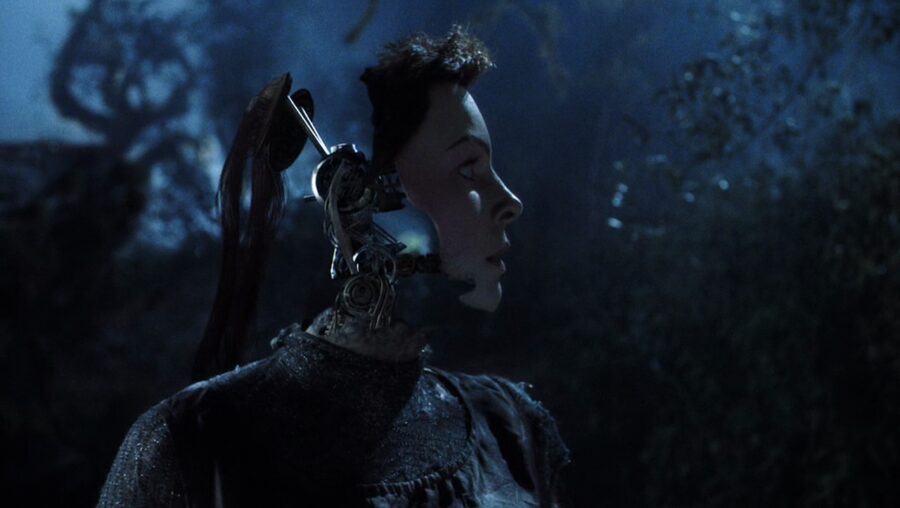
Dartmouth okayed the project and they were rewarded for it. Computer programs were developed that could solve algebra problems and seem to understand human language.
What IS artificial intelligence? In the beginning stages it was simply the idea that machines could be created to understand, interpret, and react just like human beings. Intelligent machines.
The Two Types Of A.I.
In a general sense, artificial intelligence falls under two broad categories: Narrow AI and Artificial General Intelligence.
Narrow AI – This form of AI focuses on a single task. It completes this task extremely well and on the surface, these machines seem very intelligent. But because they focus solely on one task, they operate with many constraints and limitations, even more so than most basic human intelligence. Narrow AI is sometimes referred to as “Weak AI”.
Narrow AI is all around us. We use it on a daily basis and probably aren’t even aware. Some examples include Siri and Alexa, Google search, image recognition software, and even self-driving cars.
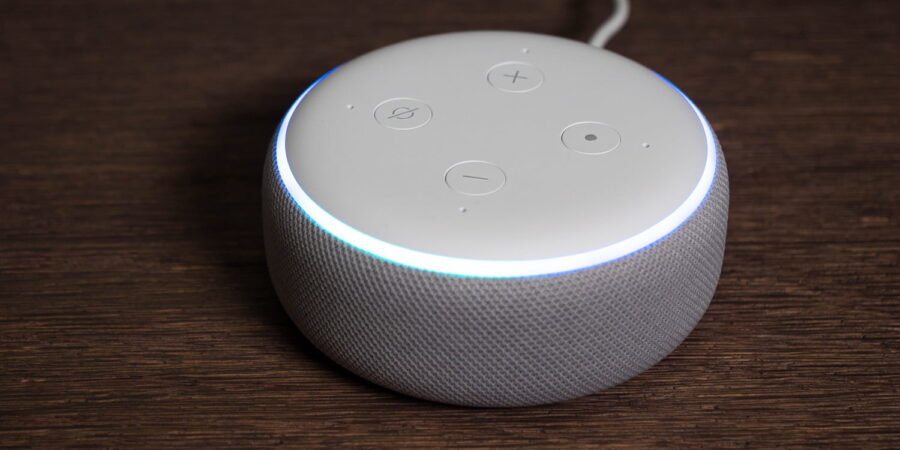
Narrow AI is powered by two types of learning. Machine learning and deep learning. These two types of learning allow Narrow AI, even with the limitations and constraints, to base all their knowledge on one task and perform these tasks very well.
Artificial General Intelligence (AGI) – This type of artificial intelligence is more like what we see in the movies. Think Terminator but less evil or Data from Star Trek: The Next Generation. These are machines that can act human and apply general intelligence in solving problems. It is sometimes referred to as “Strong AI”.
The basic problem with AGI is that it doesn’t exist. Yet. Ask yourself, how many times have you seen the equivalent of the T-800 or Data walking around town. Then again, would you know it if you did see it?
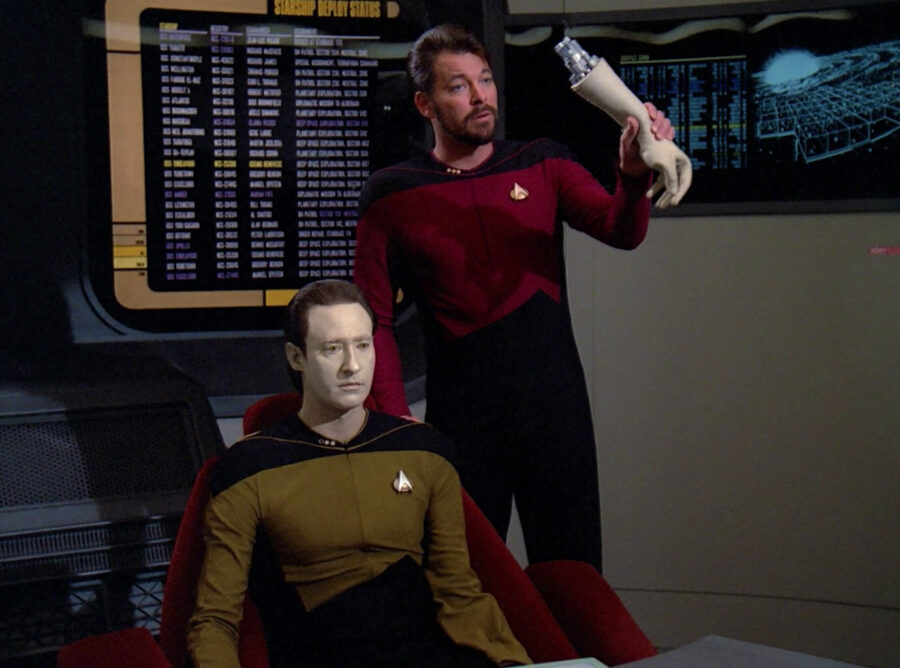
Scientists are striving for the Holy Grail of artificial intelligence but have not been able to accomplish that goal. Creating a machine that can produce human-level cognitive abilities isn’t possible right now, but that doesn’t mean scientists are giving up. More on that a bit later.
Applications Of A.I.
Artificial intelligence impacts every part of your modern life. Here are a few specific examples.
AI in Hollywood – Warner Bros. studios wants to start using Artificial Intelligence to predict box office results. They’ve signed a deal with the artificial intelligence company Cinelytic to create AI driven box office models using “comprehensive data and analytics”. In the future, which movies get made may depend entirely on what an artificial intelligence tells big studio investors is worth spending money on.
AI in Banking – This is not a new concept when it comes to banking as many banks have been using artificial intelligence as a way to combat fraud. Security in banking is on a high and AI solutions lead the way. Security specialists rely on artificial intelligence to trace usage and access in helping monitor business transactions. AI has saved businesses and customers millions of dollars.
AI in Marketing – This one may be a little more noticeable and at times, frustrating. Go to your Google search engine and type in a product. You quickly get millions of results. Or when you are searching for a movie on Netflix. You may get that exact movie result if it’s on Netflix, but you are also going to get suggestions of movies or shows that are similar to your search. That’s artificial intelligence at work.
AI in Gaming – To date, one of the biggest accomplishments of AI has taken place in the gaming industry. GO is a Chinese strategy board game created over 2,500 years ago and is believed to be the oldest continuous board game played today. Lee Sedol is a former South Korean professional GO player and champion. Deepmind Technologies created AlphaGo software and took on Sedol. In what is considered to be one of the highest achievements in artificial intelligence, AlphaGo not only beat Sedol but he retired saying that artificial intelligence has created an opponent who “cannot be defeated.”
AI in Space Exploration – AI is being used to comb through years and years of data in space research and exploration. It has taken data from the Kepler telescope and identified a distant eight-planet solar system. NASA is using artificial intelligence on its Mars 2020 Rover. One rover, Curiosity, is already on the red planet and using AEGIS AI software to help perform investigations on Mars.
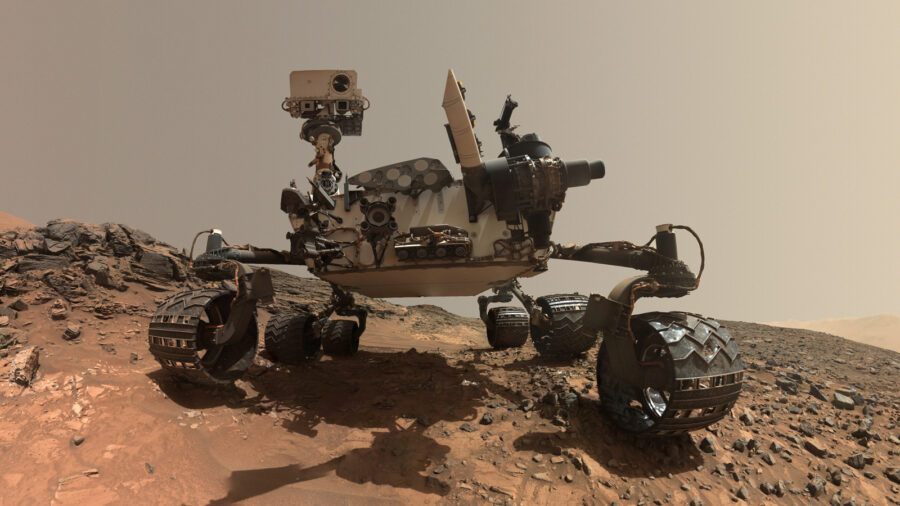
AI in Social Media – This one is a huge. Social media is a constant in our daily lives. It’s how we communicate. Our communications feed artificial intelligence. Through our chats, posts, tweets and so on, AI collects this data and learns who and what we are. Artificial intelligence is used for face verification. When you post a picture on Facebook, your friends are recognized so you can tag them. On Twitter, AI is being used to identify terroristic language and hate speech. artificial intelligence is used to filter out offensive content. AI is everywhere in social media, for the good and the bad.
AI in Chatbots – This one is becoming more and more popular. Siri and her friends. Virtual assistants that control home appliances. Devices such as the Amazon Echo which can control your TV, speakers, music; it learns your voice and controls so many items around your home. In the not too distant future, all homes will be equipped with artificial intelligence.
Training A.I. With Video Games

The University of Buffalo, New York, Artificial Intelligence Institute recently received funding from DARPA (U.S. Defense Advanced Research Project Agency) to implement research that they hope will bring us one step closer fully thinking and acting robots.
For this research, the university has created their own real-time strategy game, similar to StarCraft, in which players are connected to electroencephalogram (EEG) technology so researchers can monitor and record players brain activity. Their eye movements are tracked by special ultra high-speed cameras in which all this information is fed into machine learning algorithms that in turn churn out new algorithms that will help train a very large numbers of robots.
Sounds futuristic? Well it is. Their hope is that they can use this information obtained by game players, their ability to make complex decision making, and can use it to better the coordination between huge teams of autonomous ground and air robots.
By using recruits with strong gaming experience, the goal is to create better swarm robotics, where a vast number of robots can work together and function as one. So instead of spending large amounts of money on one robot, money can be better spent on smaller, less expensive robots that can be used to do more. While the technology is not quite where they need it, the University, with the help of DARPA, has fast-tracked this research in hopes that studying humans and their video game reactions will speed up the process and get them the results they are hoping for.
How Artificial Intelligence Benefits You
The benefits are enormous. Do they outweigh the risks? Time will tell, but let’s take a look at some of the AI benefits.
Human Error: It is called human error for a reason. We make mistakes and sometimes these mistakes can be huge. Computers, when programmed correctly, do not. Artificial intelligence takes information previously gathered and applies a certain set of algorithms to lessen these mistakes. The reduction in human error to a greater degree can be accomplished with AI.
Risk-Taking: The development of AI robots can be one of the biggest developments in artificial intelligence. Risk-taking would be minimal in situations such as Mars exploration, diffusing bombs, deep ocean exploration; anything that would minimize the risk of human life.
Availability: While this may not be a complete benefit for humans, artificial intelligence can be used 24 hours a day, seven days a week. There is no quit. It may already be creeping into the workforce as more and more call centers are going the robotic approach.
Repetitive Jobs: Similar to above, artificial intelligence can be used in tasks that are repetitive or “boring” to free humans up for more creative tasks. From document checking to thank you mail, AI can be set to do these tasks and they won’t even need a break.
The Dangers Of Artificial Intelligence
But with reward, there does come risk.
Lazy, Lazy: AI can make us lazy. Automation allows us to sit around while artificial intelligence does the rest. Addiction to invention is human nature. The less we have to do the better, right? Wrong. It makes us less physical, less likely to use our brains. So, while the invention may be nice, the price we pay may not be.
The Cost: These things are not cheap. Hardware and software could need constant updating. Machines need repairs. The machines we would be dealing with will be very complex. Someone has to take care of them. It’s a guarantee it won’t come cheap.
Unemployment: Yes, some of us could be out of a job. If a machine is created to make the cost, in the long run, cheaper then cheaper cost will win. If AI can handle the repetitive stuff and there is no room for creativity, who goes? You do.
How Close Are We To Real Artificial Intelligence?
In many instances, as you have already seen, we are there. Narrow AI is in just about everything we do. The news that constantly comes out about artificial intelligence is at times amazing. Narrow AI can spot cancer better than doctors. It can build better algorithms than humans. It has already beaten world champions in games.
This is where it gets tricky. Many believe that a real AGI or super-intelligence could be massively beneficial to our standard of living while others feel that artificial intelligence could spell our doom. And as we inch closer to that ultimate AGI, the debate will continue.
A Stanford University study has added to this debate. This study shows how artificial intelligence, with its deep neural networks, can identify a person’s sexual orientation just by analyzing their face. AI is also becoming much more adept to understanding language with the advancements in natural language generation.
The question remains. How close are we to achieving a real Artificial General Intelligence (AGI)? Not as close as some would want. It may be theoretically possible to replicate the human brain; however at this moment we do not have the ability to do so. We are still leaps and bounds away from complete AGI.

It does need to be pointed out that this technology does move fast. What are leaps and bounds today could easily be next-door neighbors tomorrow. If you don’t believe that, take a quick peek at Samsung’s Neon Project. Debuting at the CES 2020 in Las Vegas, this realistic chatbot is bringing us ever so close to reality.
Artificial intelligence’s potential, and its reality for that measure, goes without saying. But how far are we willing to take it? That’s a question humanity still hasn’t answered.












